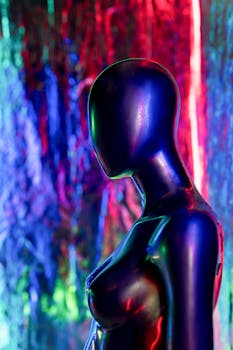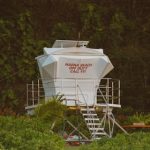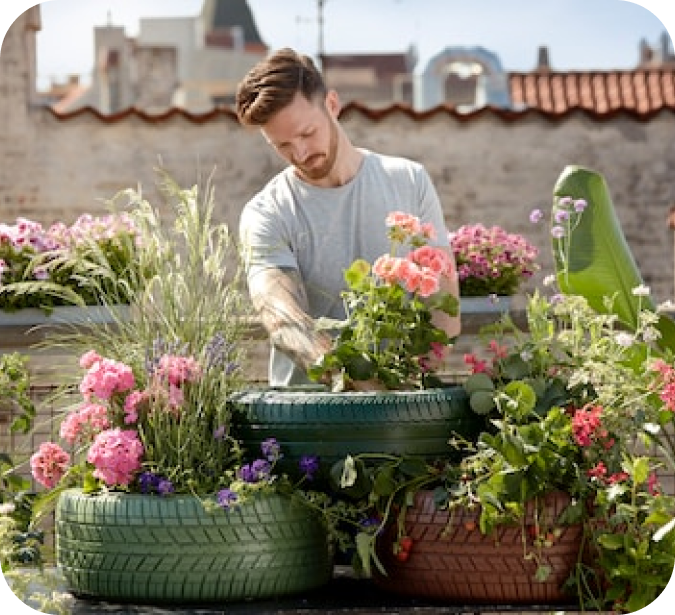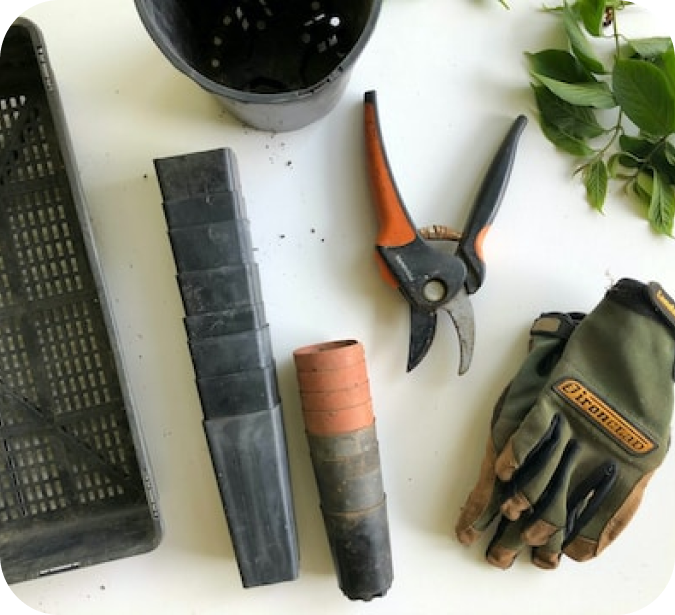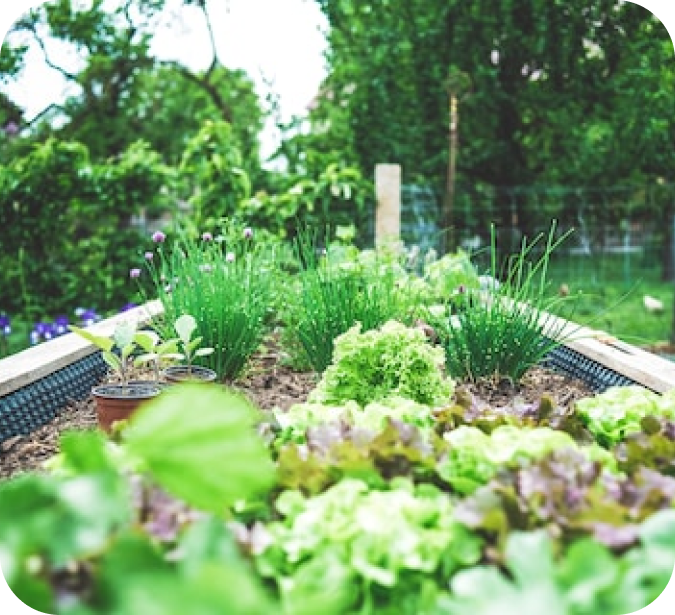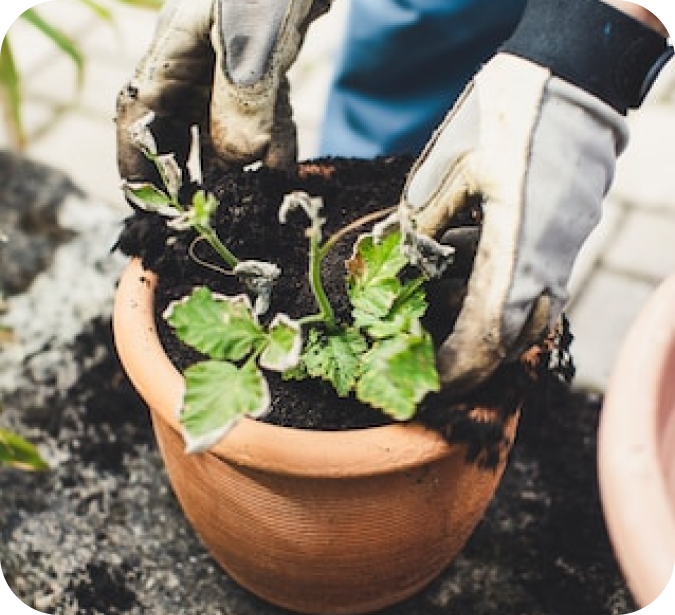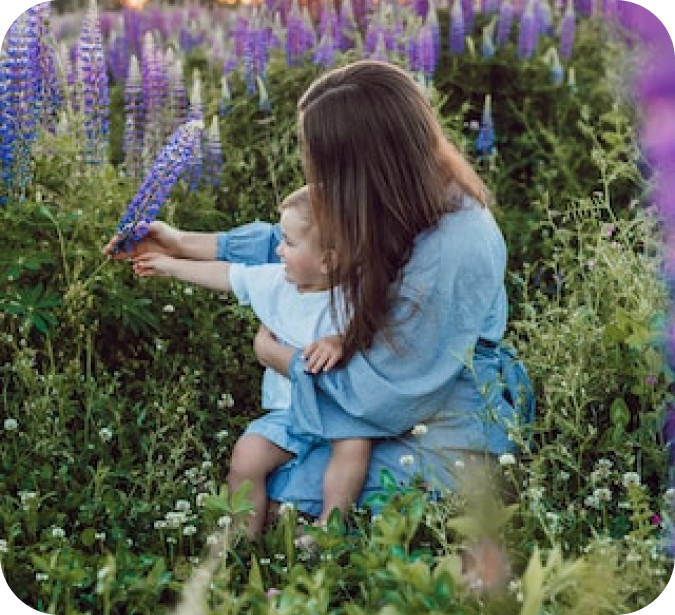“Transform Your Lawn: Weighing the Benefits and Challenges of Artificial Turf in Myrtle Beach”
Introduction
Artificial turf installation in Myrtle Beach has become an increasingly popular choice for homeowners and businesses seeking a low-maintenance, aesthetically pleasing alternative to natural grass. This coastal city, known for its sandy beaches and vibrant tourism industry, presents unique challenges and opportunities for artificial turf use. The pros of installing artificial turf include reduced water usage, minimal maintenance, and year-round greenery, making it an attractive option for those looking to enhance their outdoor spaces without the hassle of regular lawn care. However, there are also cons to consider, such as the initial installation cost, potential heat retention, and environmental impact. Additionally, local considerations such as climate, soil conditions, and community regulations play a crucial role in the decision-making process. Understanding these factors can help residents and business owners in Myrtle Beach make informed choices about whether artificial turf is the right solution for their landscaping needs.
Benefits Of Artificial Turf Installation In Myrtle Beach: Enhancing Your Outdoor Space
Artificial turf installation in Myrtle Beach offers a myriad of benefits that can significantly enhance your outdoor space, transforming it into a lush, green oasis that requires minimal maintenance. One of the most compelling advantages of artificial turf is its ability to maintain a vibrant appearance year-round, regardless of weather conditions. In a region like Myrtle Beach, where the climate can be both a blessing and a challenge, having a lawn that remains consistently green without the need for constant watering or mowing is a significant advantage. This not only saves time but also conserves water, aligning with environmentally conscious practices.
Moreover, artificial turf provides a durable and resilient surface that can withstand heavy foot traffic, making it an ideal choice for families with children or pets. Unlike natural grass, which can become patchy and worn over time, synthetic turf maintains its integrity, offering a safe and clean play area. This durability is particularly beneficial in Myrtle Beach, where outdoor living is a way of life, and lawns are often the setting for gatherings and recreational activities. The low-maintenance nature of artificial turf means you can spend more time enjoying your outdoor space rather than tending to it.
In addition to its practical benefits, artificial turf can also enhance the aesthetic appeal of your property. With advancements in technology, synthetic grass now closely mimics the look and feel of natural grass, providing a visually pleasing landscape that complements the coastal charm of Myrtle Beach. The uniformity and lushness of artificial turf can increase curb appeal, potentially boosting property value. This is an important consideration for homeowners looking to invest in their property while enjoying the immediate benefits of a beautiful lawn.
However, while the benefits are numerous, it is essential to consider some of the potential drawbacks and local considerations associated with artificial turf installation. One such consideration is the initial cost, which can be higher than that of natural grass. Nevertheless, when factoring in the long-term savings on water bills, lawn care products, and maintenance services, many homeowners find that the investment pays off over time. Additionally, the installation process requires careful planning and professional expertise to ensure proper drainage and a seamless appearance, which can add to the upfront expense.
Another aspect to consider is the heat retention of artificial turf. In the warm climate of Myrtle Beach, synthetic grass can become quite hot under direct sunlight, potentially making it uncomfortable for barefoot walking. To mitigate this, some homeowners opt for lighter-colored turf or incorporate shaded areas into their landscape design. Furthermore, while artificial turf is low-maintenance, it is not entirely maintenance-free. Occasional cleaning and brushing are necessary to keep it looking its best and to prevent the buildup of debris.
In conclusion, artificial turf installation in Myrtle Beach offers numerous benefits that can enhance your outdoor space, providing a lush, green lawn that is both beautiful and practical. By weighing the pros and cons and considering local factors, homeowners can make an informed decision that aligns with their lifestyle and environmental values. Whether you are looking to reduce maintenance time, conserve water, or simply enjoy a consistently green lawn, artificial turf presents a compelling option for enhancing your outdoor living experience in this vibrant coastal community.
Challenges And Drawbacks Of Artificial Turf In Coastal Climates: What Myrtle Beach Residents Should Know
When considering artificial turf installation in Myrtle Beach, it’s essential to weigh the challenges and drawbacks, particularly given the unique coastal climate. While artificial turf offers a low-maintenance alternative to natural grass, the coastal environment presents specific considerations that residents should be aware of before making a decision.
One of the primary challenges of artificial turf in coastal areas like Myrtle Beach is the intense heat. The synthetic materials used in artificial turf can absorb and retain heat, making the surface significantly hotter than natural grass. This can be uncomfortable for both people and pets, especially during the peak summer months when temperatures soar. To mitigate this issue, some homeowners opt for lighter-colored turf or invest in cooling technologies, but these solutions can add to the overall cost and complexity of the installation.
Moreover, the high humidity levels typical of coastal climates can exacerbate the heat retention problem. Humidity can make the air feel warmer and can also affect the longevity of the turf. Over time, the combination of heat and moisture can lead to the breakdown of the synthetic fibers, reducing the lifespan of the turf. Regular maintenance, such as brushing and cleaning, becomes crucial to ensure the turf remains in good condition, but this can be time-consuming and may offset some of the low-maintenance benefits that initially attract homeowners to artificial turf.
Another consideration is the impact of saltwater and sand, which are prevalent in coastal areas. Saltwater can be corrosive, potentially damaging the backing of the turf and affecting its durability. Sand, on the other hand, can get trapped in the fibers, making cleaning more challenging and possibly leading to a less aesthetically pleasing appearance over time. Residents may need to invest in specialized cleaning equipment or services to address these issues, which can add to the ongoing costs of maintaining artificial turf.
Additionally, while artificial turf is often praised for its environmental benefits, such as reducing water usage and eliminating the need for pesticides, it is not without its environmental drawbacks. The production and disposal of synthetic turf involve significant energy consumption and can contribute to pollution. In a coastal area like Myrtle Beach, where natural ecosystems are a vital part of the community, it’s important to consider the potential environmental impact of replacing natural grass with synthetic alternatives.
Furthermore, the aesthetic appeal of artificial turf can be a double-edged sword. While it provides a consistently green and manicured look, some residents may find that it lacks the natural beauty and biodiversity of a traditional lawn. In a region known for its lush landscapes and vibrant plant life, this can be a significant drawback for those who value the natural environment.
In conclusion, while artificial turf offers several advantages, such as reduced maintenance and water conservation, Myrtle Beach residents must carefully consider the challenges posed by the coastal climate. The heat, humidity, saltwater, and sand all present unique obstacles that can affect the performance and longevity of artificial turf. By weighing these factors and considering both the environmental impact and aesthetic preferences, homeowners can make a more informed decision about whether artificial turf is the right choice for their property.
Local Considerations For Installing Artificial Turf In Myrtle Beach: Climate, Maintenance, And Regulations
When considering the installation of artificial turf in Myrtle Beach, it’s essential to take into account several local factors that can influence your decision. The unique climate, maintenance requirements, and local regulations all play a significant role in determining whether artificial turf is the right choice for your property. Understanding these considerations can help you make an informed decision that aligns with your needs and expectations.
Myrtle Beach is known for its warm, humid subtropical climate, characterized by hot summers and mild winters. This climate can be both a blessing and a challenge when it comes to maintaining a lush, green lawn. Natural grass often struggles to thrive in the intense summer heat and humidity, leading to brown patches and increased water usage. In contrast, artificial turf offers a consistent, green appearance year-round, regardless of weather conditions. This can be particularly appealing in a region where maintaining a natural lawn can be both labor-intensive and costly.
However, the climate also presents some challenges for artificial turf. The intense summer sun can cause the surface of the turf to become quite hot, potentially making it uncomfortable for barefoot walking or for pets. To mitigate this, some homeowners opt for turf products with cooling technology or install shade structures to provide relief during peak heat. Additionally, while artificial turf is designed to withstand heavy rain, Myrtle Beach’s occasional tropical storms and heavy downpours can test the drainage capabilities of the installation. Ensuring proper drainage is crucial to prevent water pooling and potential damage to the turf.
Maintenance is another important consideration. While artificial turf requires less maintenance than natural grass, it is not entirely maintenance-free. Regular cleaning to remove debris, occasional brushing to keep the fibers upright, and periodic rinsing to prevent odors are necessary to keep the turf looking its best. In Myrtle Beach, where sand and salt from the nearby ocean can accumulate, these maintenance tasks become even more critical. Homeowners should be prepared to invest time in these activities to ensure the longevity and appearance of their artificial lawn.
Local regulations and community guidelines also play a crucial role in the decision-making process. Before installing artificial turf, it’s important to check with local authorities and homeowners associations to understand any restrictions or requirements. Some communities may have specific guidelines regarding the type of turf that can be used, its installation, or its appearance. Additionally, there may be environmental considerations, such as ensuring that the installation does not negatively impact local wildlife or water runoff patterns.
In conclusion, while artificial turf offers numerous benefits, such as reduced water usage and a consistently green appearance, it’s essential to consider the local climate, maintenance requirements, and regulations in Myrtle Beach. By carefully evaluating these factors, homeowners can make a well-informed decision that enhances their property’s aesthetic appeal while aligning with local guidelines and environmental considerations. Ultimately, the choice to install artificial turf should be based on a comprehensive understanding of these local considerations, ensuring a successful and satisfying outcome.
Conclusion
Artificial turf installation in Myrtle Beach offers several advantages, including reduced maintenance, water conservation, and year-round greenery, making it an attractive option for homeowners and businesses. However, it also presents some drawbacks, such as higher upfront costs, potential heat retention, and environmental concerns related to its production and disposal. Local considerations, such as the region’s climate, soil conditions, and community regulations, play a crucial role in determining the suitability and success of artificial turf installations. Ultimately, while artificial turf can be a practical and aesthetically pleasing solution for many, it is essential to weigh these factors carefully to ensure it aligns with individual needs and environmental responsibilities.


